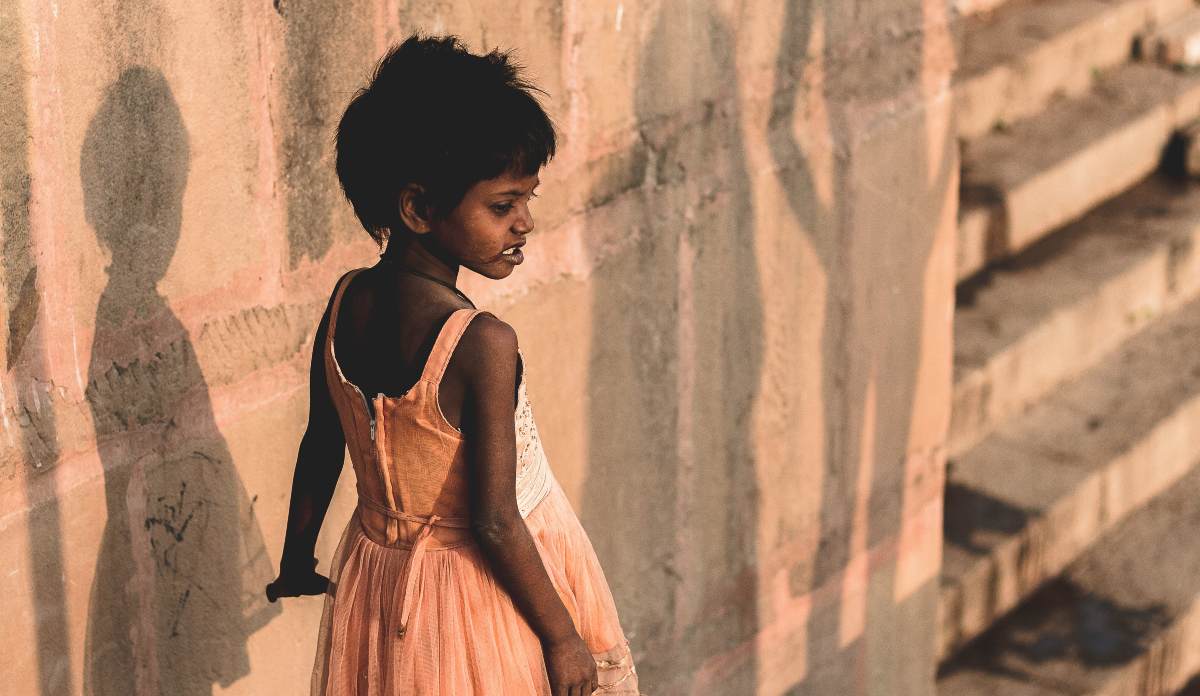
Sex-selective abortion in India keeps claiming more victims
A study in The Lancet Global Health finds that at least 13.5 million girls were aborted over 30 years
Photo by Frank Holleman on Unsplash
On March 4, 2010, The Economist ran one of its most memorable covers: a completely black page, except for a pair of tiny pink shoes with frilly bows the bottom. The headline was “Gendercide: what happened to 100 million baby girls?”
Good question. The answer is that they were aborted or killed, mainly in China and India, but in other countries, too. It painted a picture of a tragedy: the intersecting violence of lower fertility, more accurate pre-natal testing, and son preference.
A few years later, in 2017, The Economist was more optimistic: “In India, and in the world as a whole, the war on baby girls seems to be winding down.” It concluded with characteristic aplomb: “Asia has engaged in a demographic experiment with disastrous consequences. It will surely not repeat it.”
Ooops, sorry. Spoke too soon. According to an article in The Lancet Global Health, the sex ratio in India, at least, keeps widening. The natural ratio at birth is about 950 girls per 1000 boys. The researchers found that:
13.5 million female births were missing during the three decades of observation (1987–2016), on the basis of a natural sex ratio of 950 girls per 1000 boys. Missing female births increased from 3.5 million in 1987–96 to 5.5 million in 2007–16. Contrasting the conditional sex ratio from the first decade of observation (1987–96) to the last (2007–16) showed worsening for the whole of India and almost all states, among both birth orders. Punjab, Haryana, Gujarat, and Rajasthan had the most skewed sex ratios, comprising nearly a third of the national totals of missing second-born and third-born females at birth.
If the natural ratio is actually 975 to 1000, 22 million girls are missing.
In summary, between 13 million and 22 million Indian girls went “missing” between 1987 and 2016 due to sex selective abortion.
The gendercide holocaust is not for lack of social messaging and feel-good feminist-friendly rhetoric. Politicians, bureaucrats, activists, educators are all singing from the same song sheet: do not abort girls. It hasn’t worked.
In 1994, the Pre-Conception and Prenatal Diagnostic Techniques Act banned the use of prenatal sex diagnosis which enable sex-selective abortions – but it has had little impact. The researchers found that the sex ratio stabilised between 2007 and 2013, but thereafter it has worsened. Female infanticide seems to have vanished, but ultrasound diagnosis followed by abortion is becoming more common. The researchers write:
Sex-selective abortion appeared to be more pronounced for third-order births than for second-order births after an earlier daughter or daughters. Sex-selective abortion continued to be more common in richer and more educated families than in poorer and less educated families, in contrast to differences in childhood survival and health-care access. The main determinant of missing female births in second-order and third-order births was an earlier daughter or daughters. The unfavourable trends in missing female births are in marked contrast to the substantial improvement in female child mortality in the past two decades in India.
According to a study by an Australian researcher, Richard Egan, son preference and a willingness to resort to sex-selective abortion are also present in immigrant Indian, Chinese, Vietnamese communities around the world.
Michael Cook is editor of BioEdge
Creative commons
https://www.bioedge.org/images/2008images/india_girl_2.jpeg
gendercide
india
- How long can you put off seeing the doctor because of lockdowns? - December 3, 2021
- House of Lords debates assisted suicide—again - October 28, 2021
- Spanish government tries to restrict conscientious objection - October 28, 2021
